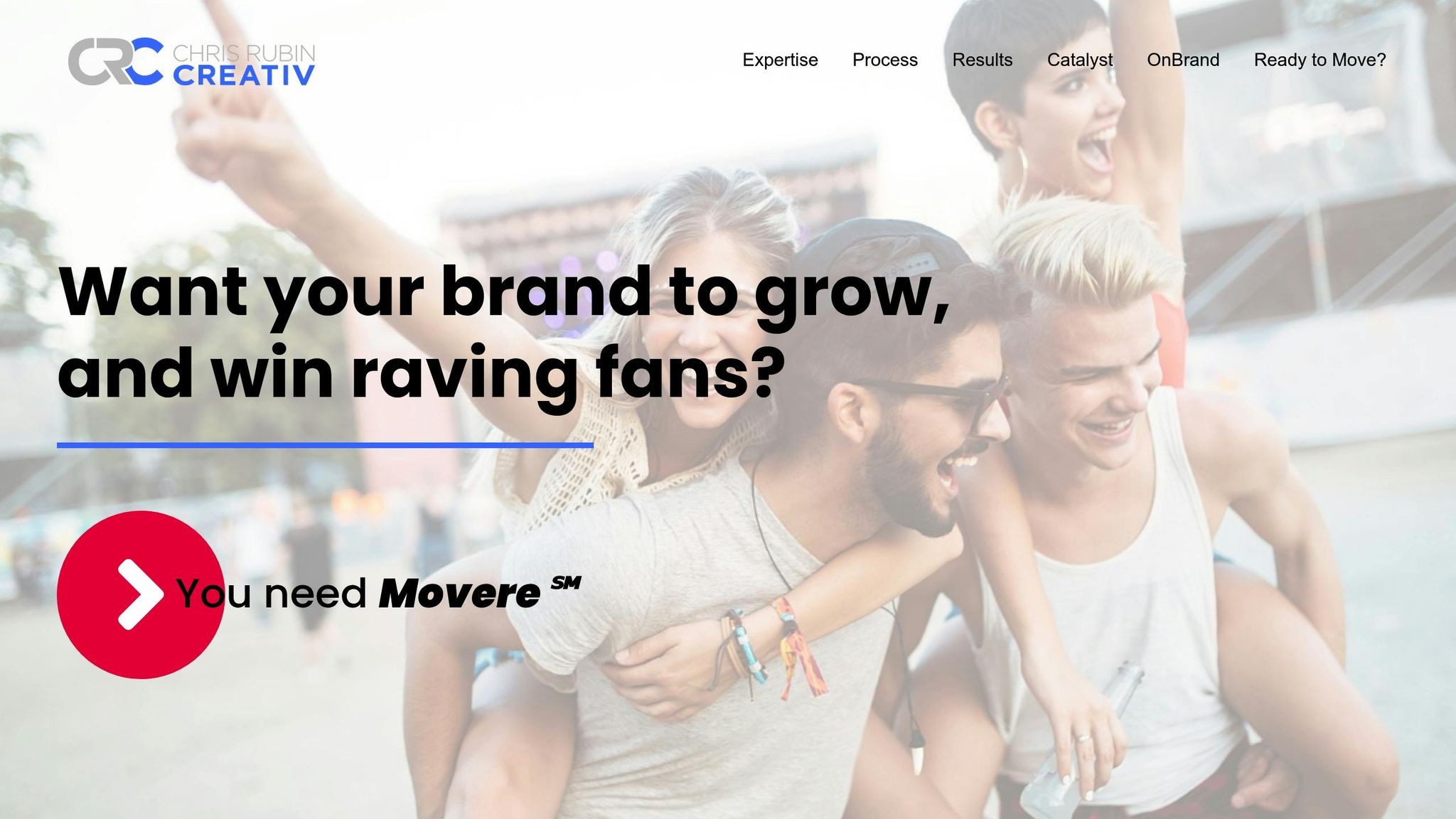Want to better understand how your customers use your product? Product interaction segmentation helps you group users based on their behavior – like feature usage, engagement frequency, and time spent. This method goes beyond demographics to focus on real user actions, so you can improve engagement, loyalty, and lifetime value.
Key Takeaways:
- What it is: Segment users by how they interact with your product (e.g., feature usage, workflows, frequency).
- Why it matters: Align your product with user needs to boost engagement and retention.
- How to do it:
- Collect user data (e.g., feature usage, active hours).
- Define clear segment criteria (e.g., daily vs. monthly users).
- Group users by patterns (e.g., workflows, milestones).
- Build tailored strategies for each segment.
- Regularly review and refine your segments.
Tools to Use:
- Data Analysis Software: Track and visualize user behavior in real time.
- User Feedback Systems: Collect direct input through surveys and interviews.
- AI Segmentation Tools: Automate updates and predict future behavior.
This approach helps you make data-driven decisions, personalize user experiences, and allocate resources effectively. Start segmenting today to better connect with your customers.
How to Build Customer Segments with AI (Real-World Use …
5 Steps to Implement Product Interaction Segmentation
These steps will help you turn user behavior data into strategies that improve customer engagement and enhance the value of your product.
1. Collecting User Data
Start by gathering interaction data from every channel. Focus on:
- How often users engage (daily, weekly, etc.), how long they stay, and when they’re most active
- Which features they use most
- Common paths they take within your product
- Metrics that show active usage
Once you have this data, set clear parameters for your segments.
2. Defining Segment Criteria
Establish the criteria for your segments based on your brand’s goals. Consider factors like:
- How frequently users engage (daily, weekly, monthly)
- Which features they rely on
- Milestones they achieve within the product
- How deeply they engage with your offerings
"Clarity: In your brand’s identity, what sets you apart, who your customers are, how you should speak to them." – CRC
3. Classifying Users
Analyze patterns in user behavior to group individuals with similar habits. Be ready to adjust these classifications as behavior evolves. Your framework should match your brand’s identity and the personas of your target audience.
4. Developing Plans for Each Segment
Build specific strategies tailored to each group. Make sure to:
- Address the unique needs and challenges of each segment
- Align your approach with their goals
- Personalize engagement efforts
- Plan targeted improvements to enhance their experience
"We believe emotionally-resonant brand content strategy is the only way to grow." – CRC
5. Tracking and Refining Segments
Monitor your segments regularly and make updates as needed. Focus on:
- Performance metrics to see what’s working
- Changes in user behavior
- Adjusting segment parameters
- Refining strategies based on new insights
Keep in mind, segmentation isn’t static. Regular reviews are key to staying aligned with your brand’s evolving framework.
sbb-itb-aebd855
Key Tools for Segmentation
To put the strategies into action, use specialized tools designed to simplify and improve segmentation. These tools help you uncover precise insights and take meaningful actions based on them.
Data Analysis Software
Data analysis tools transform raw information into clear, actionable insights. They allow you to monitor and visualize user behavior, making it easier to identify patterns and trends. Look for tools that offer:
- Real-time tracking to monitor user interactions as they happen
- Visual dashboards to quickly spot patterns
- Customizable reports for tailored insights
- Integration capabilities to work seamlessly with your existing systems
- Data export options for deeper analysis outside the platform
Once you’ve analyzed the data, it’s time to gather direct input from your users.
User Feedback Systems
Understanding user sentiment and emotional responses is key to fine-tuning your segments. Use feedback tools to gather this information effectively:
- In-app surveys to capture immediate reactions
- User interviews for deeper, detailed insights
- Behavior tracking tools to observe actions over time
- Sentiment analysis systems to gauge emotional responses
- Feature request tracking to understand user needs
When combined with advanced analytics, these insights pave the way for using AI to take segmentation to the next level.
AI-Powered Segmentation
Artificial Intelligence can uncover patterns and connections that manual analysis might miss. AI tools make segmentation smarter and more dynamic by:
- Predicting future behavior based on historical data
- Automatically updating segments as new data comes in
- Highlighting relationships between different user interactions
- Recommending personalized experiences for specific groups
"Our high expectations were fully met, and exceeded, throughout the engagement, and the added value far outweighed the total cost." – Yair L., VP of Product, Money Lion
Results and Limitations
This section highlights the key benefits and challenges of using product interaction segmentation.
Main Advantages
Using product interaction segmentation can boost important business metrics in several ways:
- Better Customer Insights: Tracking how users interact with products provides a clearer picture of their behavior and preferences, enabling more tailored product development.
- Higher Engagement: Personalizing experiences based on interaction segments often leads to increased user engagement.
- Smarter Resource Use: By pinpointing which segments deliver the most value, businesses can allocate marketing and development resources more efficiently.
- Stronger Customer Loyalty: Building emotional connections through personalized interactions fosters loyalty. Forrester research shows that "feelings" influence buying decisions and loyalty 1.5× more than other factors [1].
While these benefits are clear, businesses also face some challenges when implementing segmentation.
Known Issues and Solutions
Here are common challenges and practical ways to address them:
| Challenge | Impact | Solution |
|---|---|---|
| Data Quality Issues | Poor or incomplete interaction data can lead to faulty segments. | Use thorough data validation processes and conduct regular audits. |
| Over-segmentation | Creating too many segments can complicate execution and dilute focus. | Focus on a few core segments based on major interaction patterns. |
| Segment Staleness | As user behaviors change, segments can become outdated. | Regularly review and update segments to reflect current user behaviors. |
| Integration Problems | Unconnected tools and systems can hinder implementation. | Use tools with strong API capabilities to ensure seamless integration. |
To keep your segmentation strategy effective, balance your business goals with the needs of your audience. This balance creates what brand strategists call the "win-win spot", where both parties benefit.
Regularly evaluate segment performance against your KPIs to ensure your strategy stays relevant and adaptable to evolving customer behaviors. A dynamic approach is key to maintaining segmentation success.
Next Steps
Implementation Summary
Data-Driven Action Plan: Set up dashboards to monitor key metrics like engagement, conversion rates, and customer lifetime value (CLV). This allows for quick identification of trends and fine-tuning of audience segments.
Regular Segment Reviews: Analyze and update segments every quarter. This ensures you’re factoring in new interaction patterns and using the latest data to refine your approach.
Cross-Team Integration: Share segment insights across teams using centralized dashboards. This helps align product development, marketing, and sales efforts, enabling more focused and effective campaigns.
ChrisRubinCreativ (CRC) Services

If you’re ready to put these strategies into action, expert support can make all the difference. ChrisRubinCreativ’s Movere approach has delivered measurable results, like a 25% increase in sales and online conversions for Intel through targeted UX content strategies.
"At CRC, Movere stands for emotionally-resonant branding & messaging that moves people: it lights up their heart (giving them the ‘feels’), and sparks their mind, motivating them to take action (read: sales)." – ChrisRubinCreativ
CRC’s Brand Foundation service, starting at $5,000, offers businesses:
- Messaging tailored to specific audience segments
- Compelling brand narratives
- Communication strategies based on user behavior
- Measurement frameworks to track success
Their success stories include helping Nickelodeon achieve a 20% year-over-year increase in in-app engagement through smart segmentation and targeted messaging.

